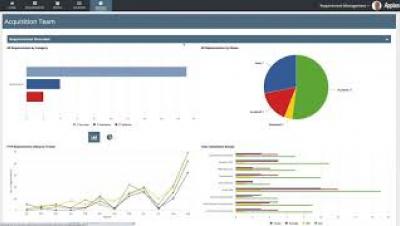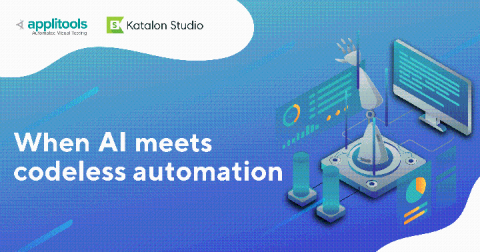Systems | Development | Analytics | API | Testing
%term
Government Acquisition Requirements Management Solution
Webinar Recap: Top 5 Features to Look for in a Codeless Automation Solution
Last week, our team at Katalon Studio partnered with Applitools to present a webinar: Top 5 Features to Look for in a Codeless Automation Solution. With the rise in demands for QualityatSpeed products, there’s no denying the benefit of automation testing software has on product development cycles: they shorten the release cycle, and fast to match the tech industry’s ever-changing nature with developments in the testing industry itself.
Get real-time app health alerts with the PagerDuty Step
Keep track of your app's health with the newest addition in our Verified Step Library — with PagerDuty , you can and set up end-to-end test alerts, collect insights, and analyze recent incidents.
Django and the N+1 Queries Problem
The N+1 Queries Problem is a perennial database performance issue. It affects many ORM’s and custom SQL code, and Django’s ORM is not immune either. In this post, we’ll examine what the N+1 Queries Problem looks like in Django, some tools for fixing it, and most importantly some tools for detecting it. Naturally, Scout is one of those tools, with its built-in N+1 Insights tool.
Python Debugging: More Than Just A (Print) Statement
As most developers will agree, writing code is oftentimes, if not always, easier than debugging. As a simple definition, debugging is the process of understanding what is going on in your code. When speaking in terms of Python, it is a relatively simple process. Every developer has their own personal debugging method or tool they swear by. When it comes to Python, most developers use one (or more) of the following: print statements, traditional logging, a pdb debugger, or an IDE debugger.
BigQuery now offers industry-leading uptime SLA of 99.99%
More than ever, businesses are making real-time, data-driven decisions based on information stored in their data warehouses. Today’s data warehouse requires continuous uptime as analytics demands grow and organizations require rapid access to mission-critical insights. Business disruptions from unplanned downtime can severely impact company sales, reputation, and customer relations.
Accelerating Mayo Clinic's data platform with BigQuery and Variant Transforms
Genomic data is some of the most complex and vital data that our customers and strategic partners like Mayo Clinic work with. Many of them want to work with genomic variant data, which is the set of differences between a given sample and a reference genome, in order to diagnose patients and discover new treatments. Each sample’s variants are usually stored as a Variant Call Format file, or VCF, but files aren’t a great way to do analytics and machine learning on these data.
Intelligent Document Processing for Innovation in Life Sciences Regulations
In the wake of the COVID-19 pandemic, many life sciences organizations are seeking efficiency and control over the regulatory process more than ever before. There is an increased urgency for speed, accuracy, and simplified processes in the Regulatory Information Management (RIM) space, and to prioritize projects that will quickly deliver the most patient value.
Data Security and Governance - not the lockdown businesses expect it to be
The current economic climate has meant a sudden and seismic step-change in how many of our customers operate. The recent shift to remote working has seen an increase in conversations around how data is managed, with many businesses needing to achieve democratic data access in order to derive value and improve efficiencies as we navigate the ‘new norm’. Toolsets and strategies have had to shift to ensure controlled access to data.











